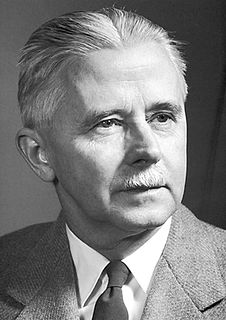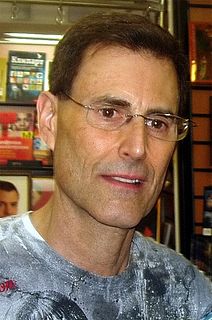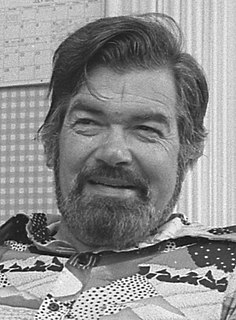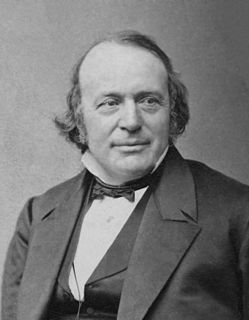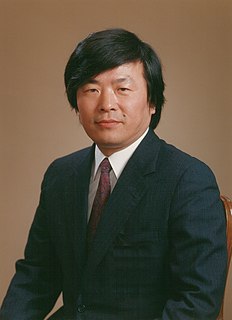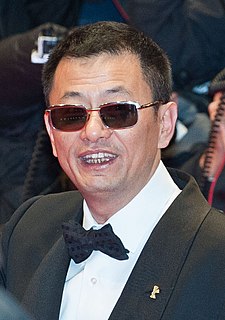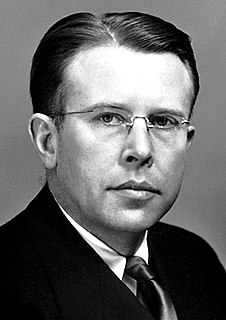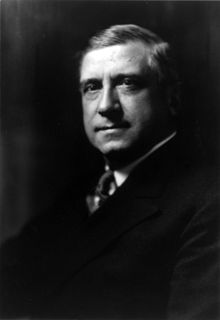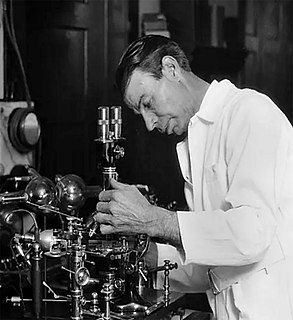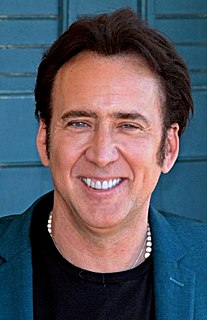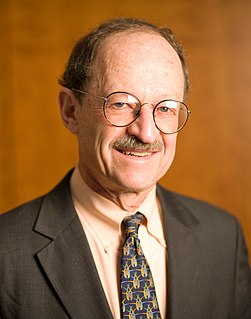A Quote by Haldan Keffer Hartline
One works in one's laboratory - one's chaotic laboratory - with students and colleagues, doing what one most wants to do - then all this happens! It is overwhelming.
Quote Topics
Related Quotes
Scientists want full proof under laboratory conditions. And the answer is very simple: When Im put under pressure, I cant perform. Even the phenomenon Im most known for. When Im on stage, Im not under pressure and it happens. In other important places, it happens. But in a laboratory where I really want it to happen, its very hard for me.
When I was in graduate school at MIT I was trying to think about how to develop software and systems for farmers and villagers in India. In the process of doing that, I realized that my reference point was internal to the laboratory, rather than in the communities that I was wanting to serve. I realized that I could no longer assume what a good technology looks like from inside the laboratory; instead, I had to be in the world with people. Not just designing for them but with them.
In my own house I rigged up a laboratory and studied chemistry in the evenings, determined that there should be nothing in the manufacture of steel that I would not know. Although I had received no technical education I made myself master of chemistry and of the laboratory, which proved of lasting value.
The AMA virtually stopped the Rife treatment in 1939, first by threatening the physicians using Rife's instrument, then by forcing Rife into court....During the period 1935 to early 1939, the leading laboratory for electronic or energy medicine in the USA, in New Jersy, was independently verifying Rife's discoveries...(this) laboratory was "mysteriously" burned to the ground.....Rife's treatment was ruthlessly suppressed by the AMA's Morris Fishbein.
Every year tens of thousands of animals suffer and die in laboratory tests of cosmetics and household products...despite the fact that the test results do not help prevent or treat accidental or purposeful misuse of the products. Please join me in using your voice for those whose cries are forever sealed behind the laboratory doors.
